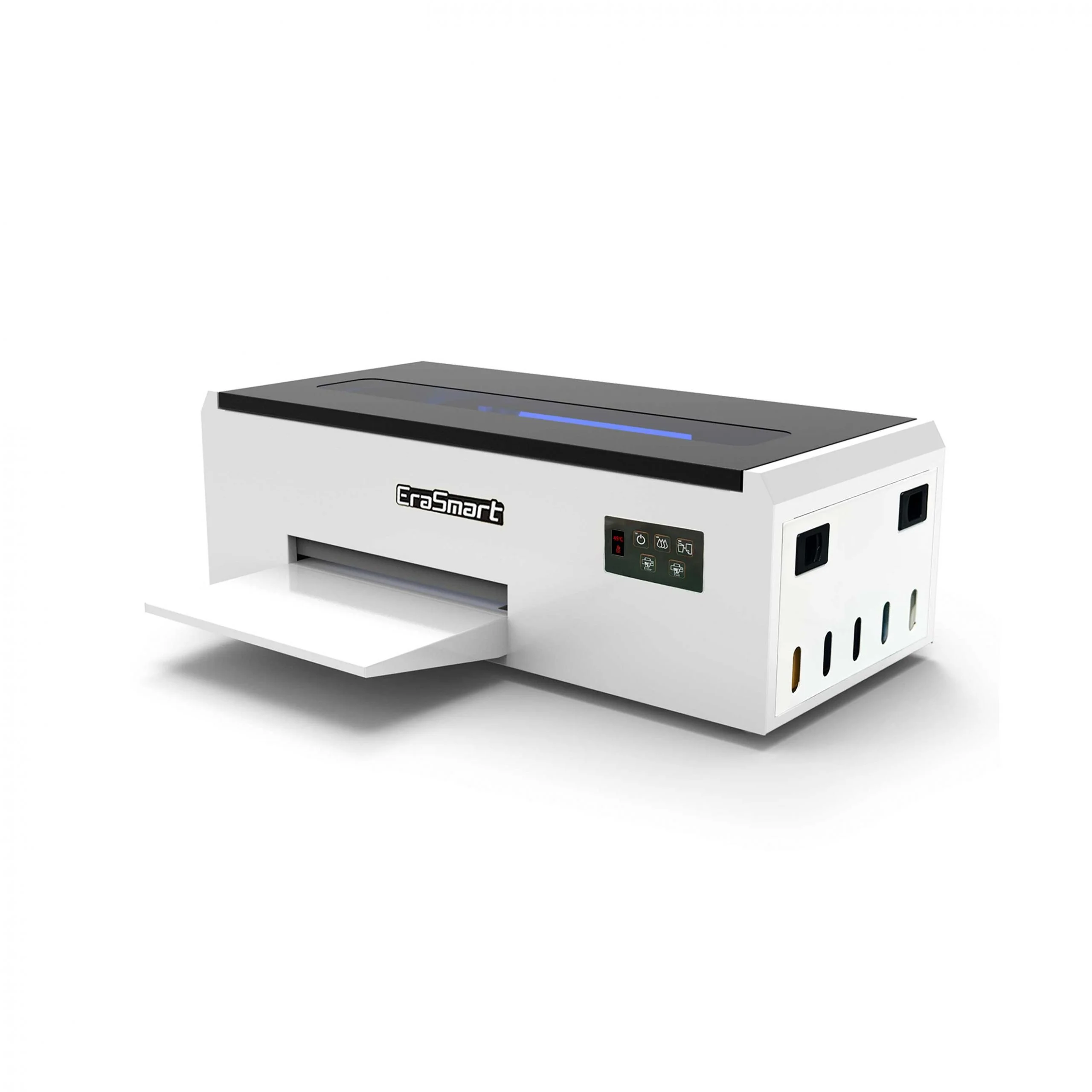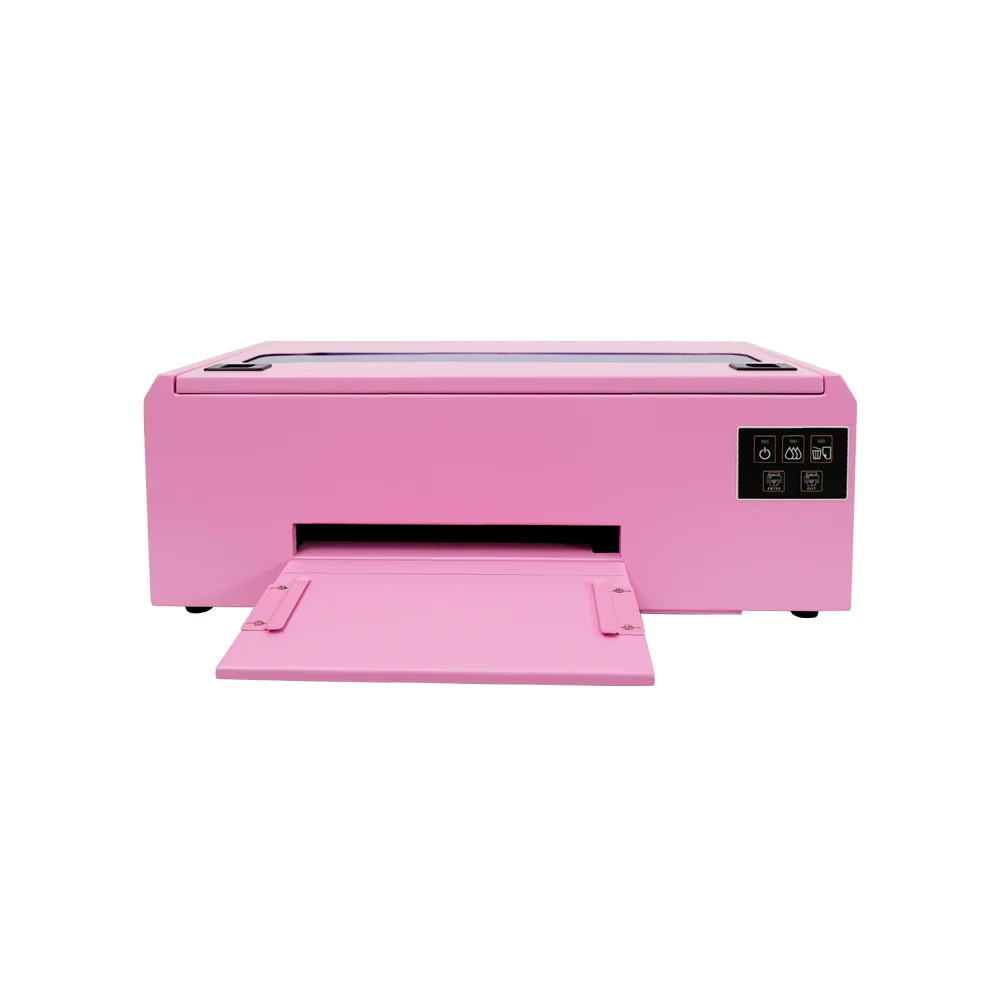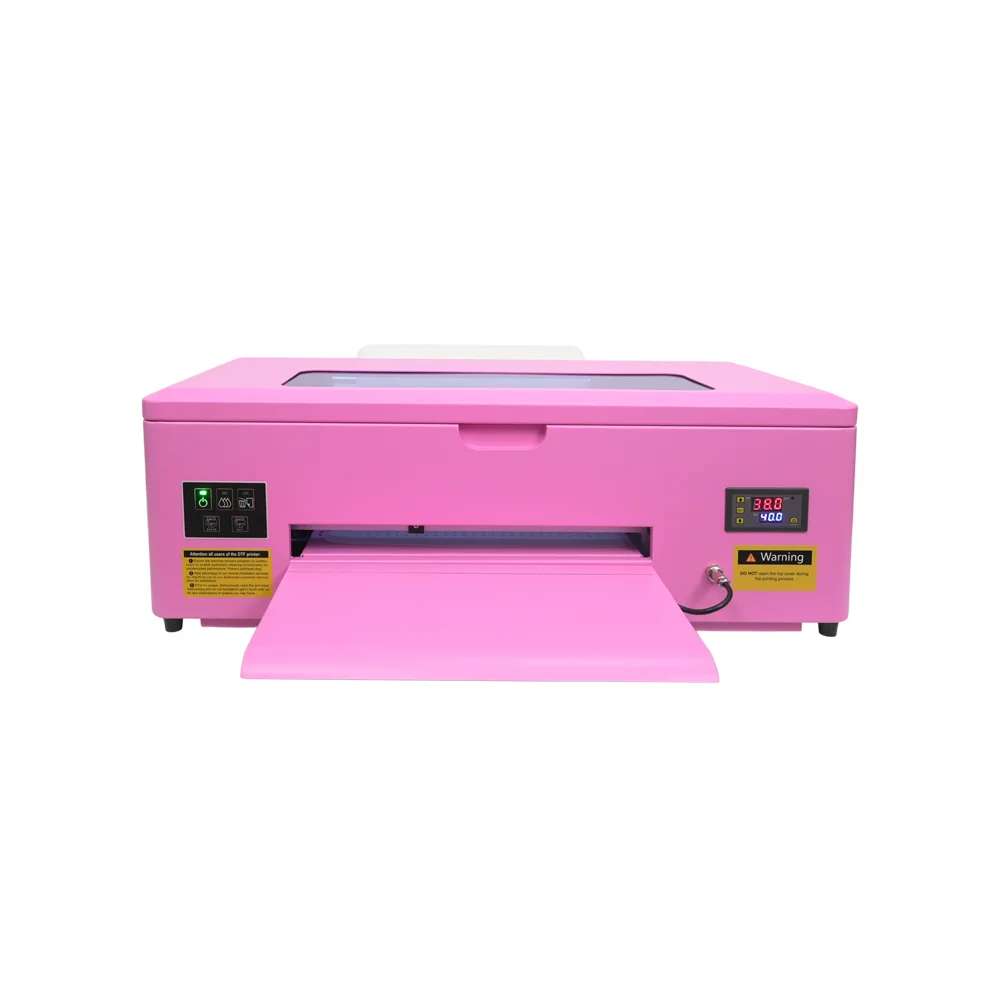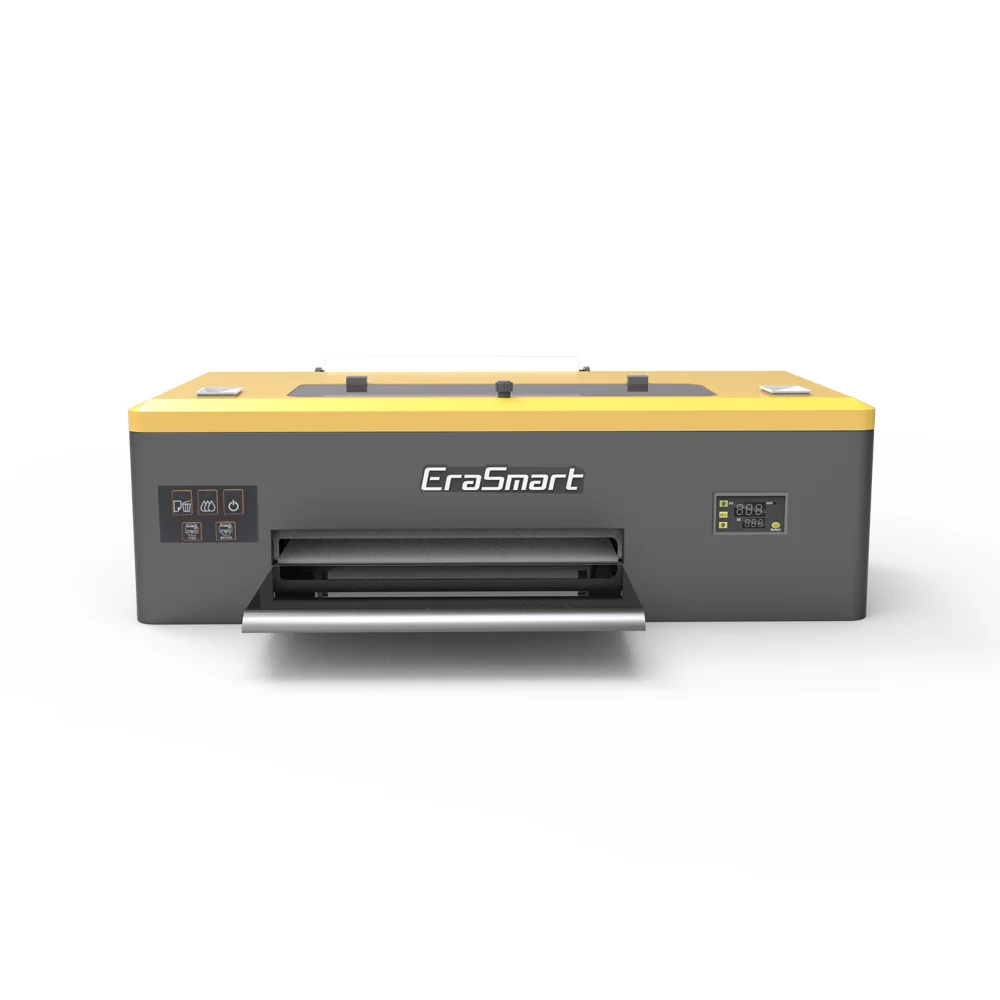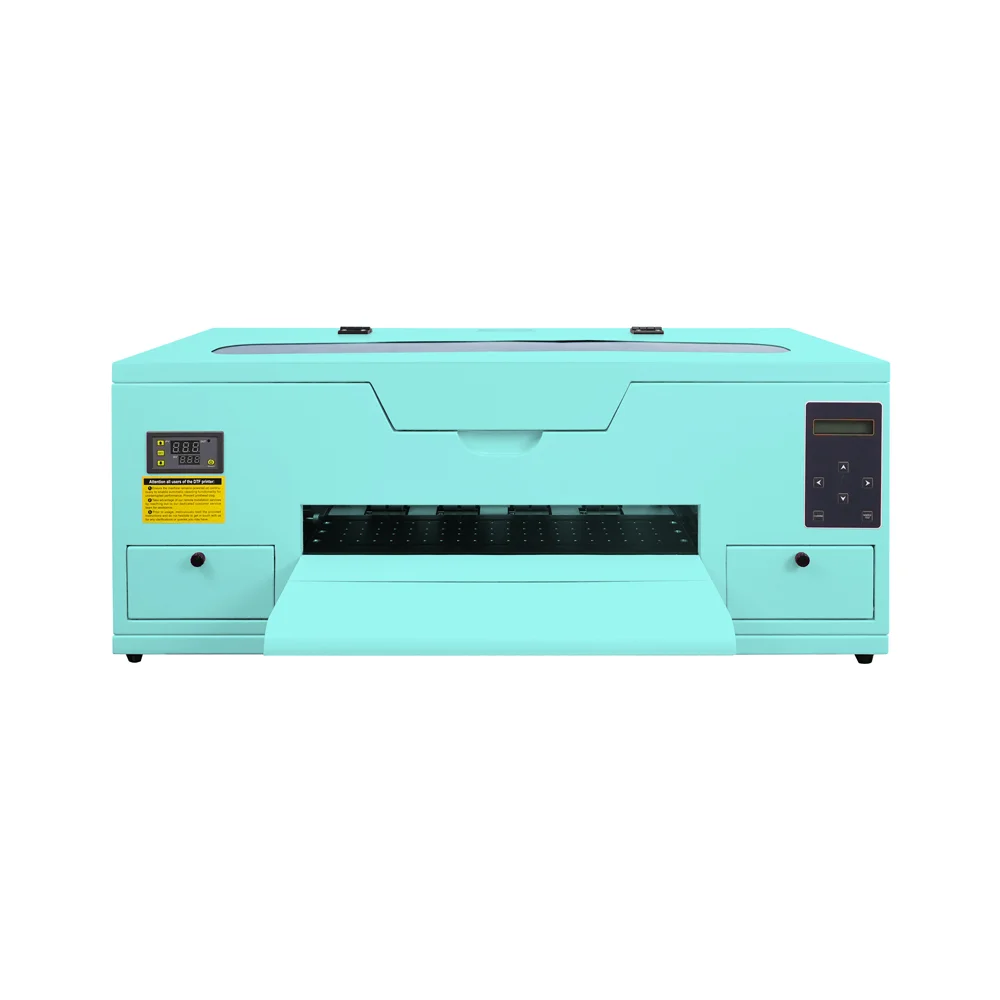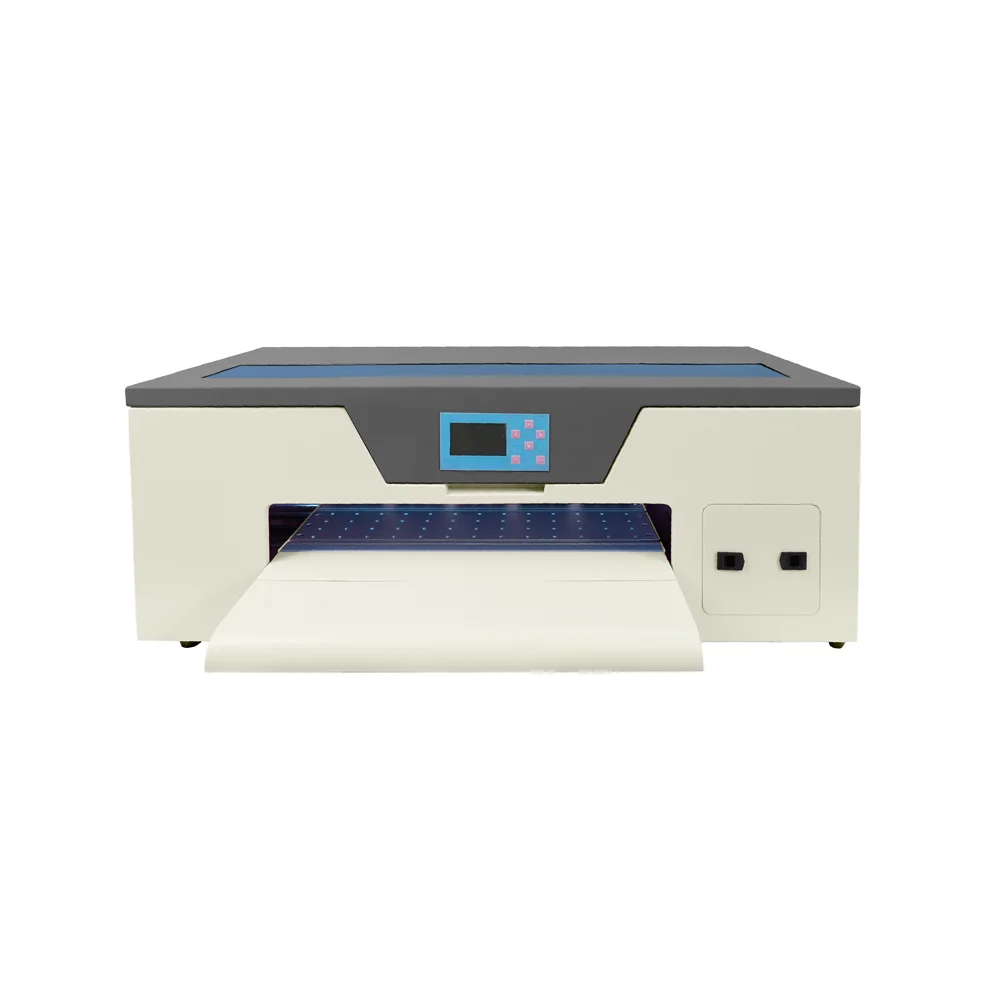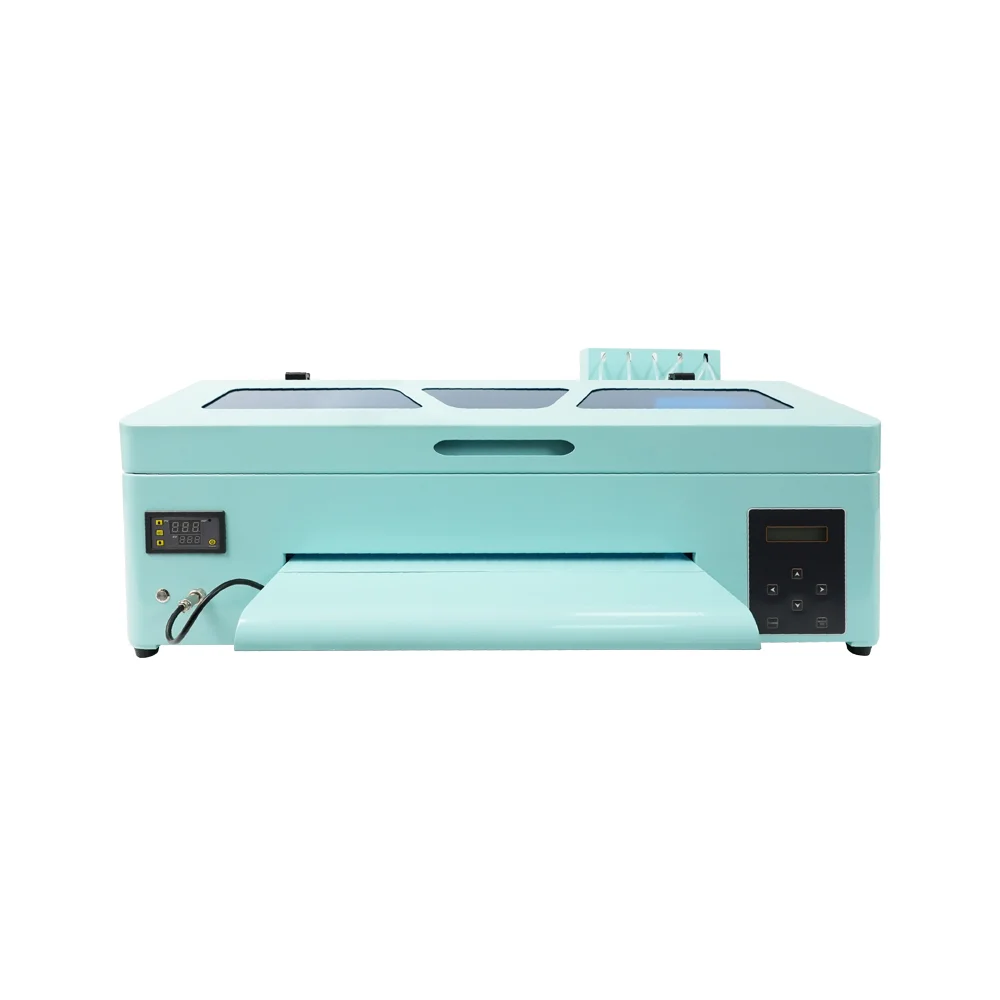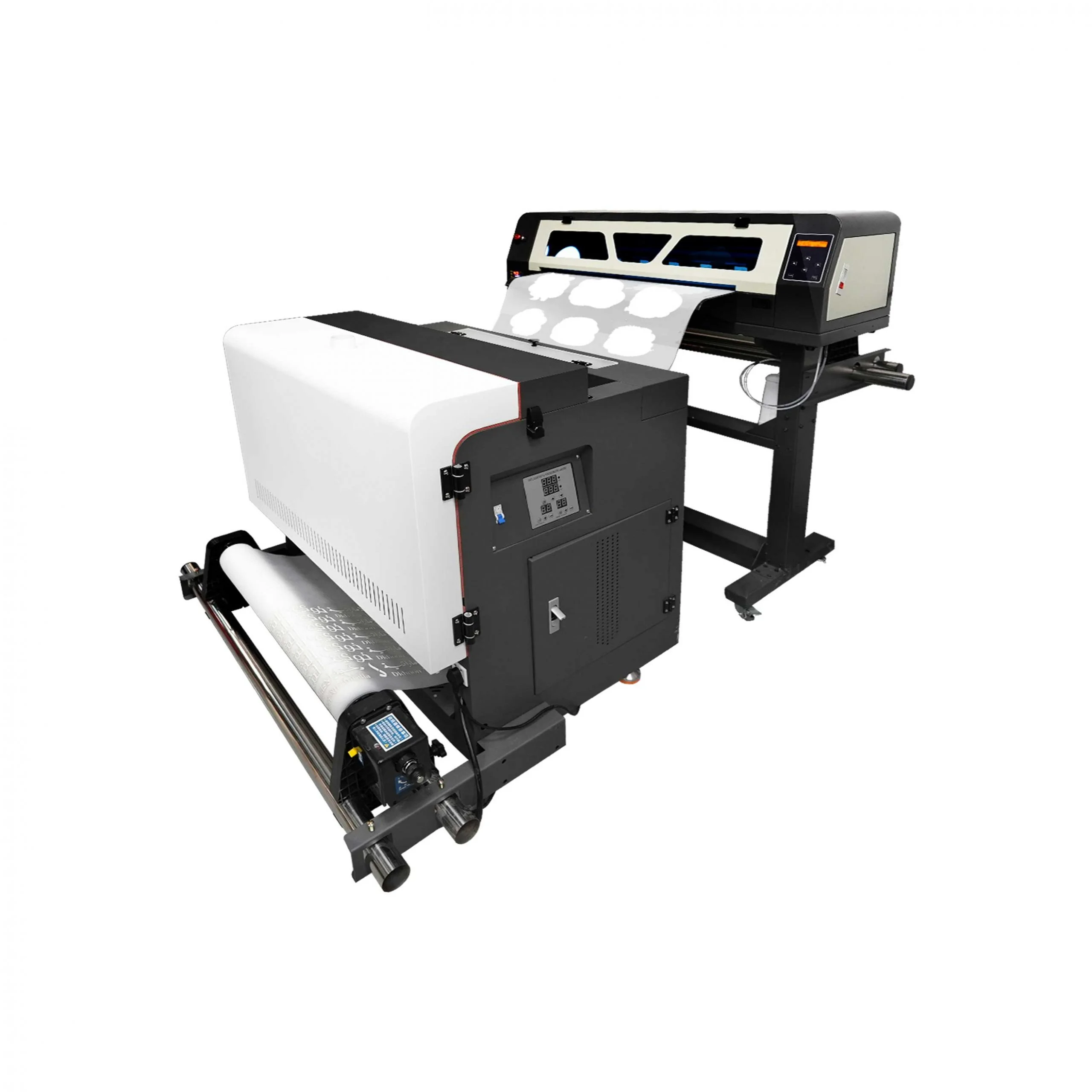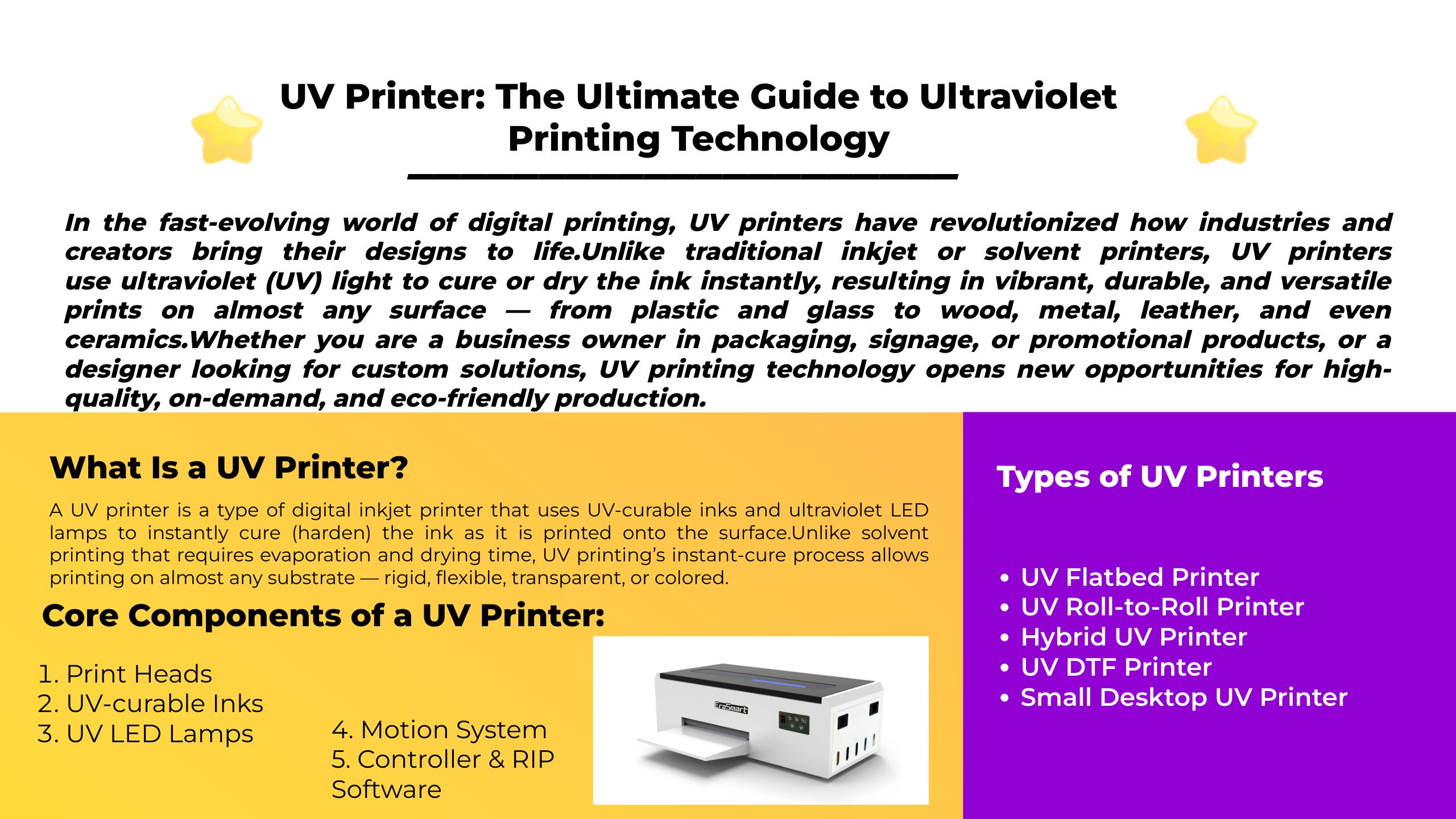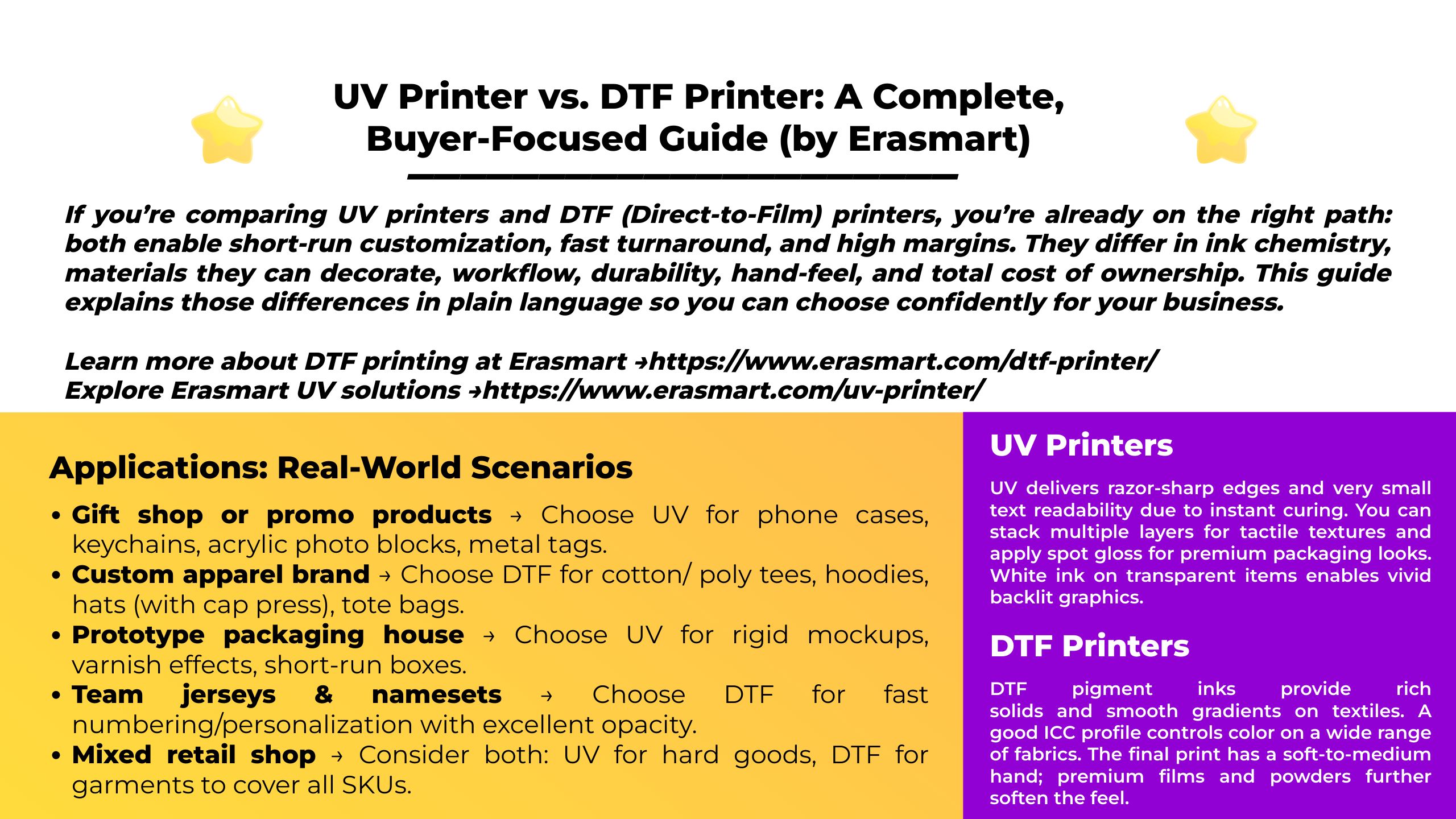Diez razones por las que las tiendas eligen DTF
1) Verdadera versatilidad de la tela
Una transferencia funciona en artículos de algodón, poliéster, mezclas, nailon y cuero tratado. Ideal para pedidos mixtos (equipos de equipo, kits corporativos) sin cambiar la química.
2) Sin tratamiento previo, menos variables
DTF elimina el paso de pretratamiento común en DTG para prendas oscuras, lo que reduce la mano de obra, los defectos (manchas, halos) y la variabilidad.
3) Capacidad de procesamiento de lotes y libertad de inventario
Imprima transferencias a granel, stock por tamaño o diseñoy presione durante las horas pico. Perfecto para comercio electrónico, ventanas emergentes y realización de eventos.
4) Detalles nítidos y texto pequeño
Con RIP y perfiles adecuados, DTF conserva líneas finas, códigos QR y microtexto mejor que la mayoría de las alternativas de transferencia de calor.
5) Gráficos duraderos y listos para lavar
Curado correcto y rendimiento de prensado excelente solidez al lavado con buena recuperación del estiramiento. (Siempre valide entre 10 y 20 ciclos de lavado en casa para sus SKU).
6) Configuración inferior frente a impresión de pantalla
A todo color sin pantallas, sin separaciones de color y sin mínimos. Ideal para únicos y tiradas cortas y medias.
7) Consumibles Económicos
Película + polvo son costos predecibles; eficiencia de la tinta es bueno tanto para colores sólidos como degradados.
8) Tamaño compacto y escalable
Una impresora, una unidad de polvo/curado (u horno) y una prensa térmica caben en espacios modestos. Agregue carriles a medida que crece el volumen.
9) Personalización amigable
Los nombres, los números, la localización y los microlotes se vuelven rentables: imprima solo lo que se vende.
10) Calidad constante entre operadores
Menos variables de procesamiento húmedo facilitan la capacitación del personal y mantienen una producción repetible.


